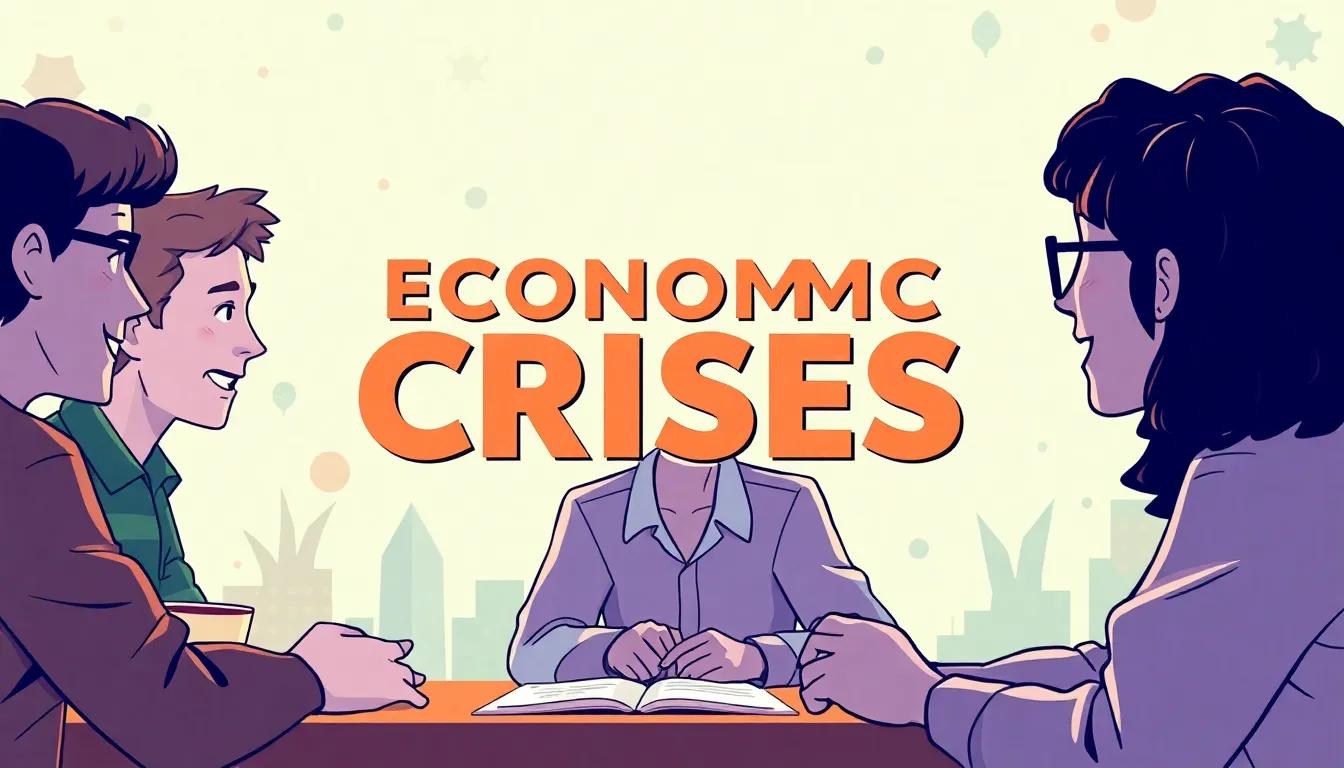
Understanding Economic Crises: A Deep Dive For Teens
Introduction
Economic crises are not merely headlines; they reshape daily life, influence policy, and alter future career landscapes. By dissecting causes, consequences, and responses, you will develop analytical tools useful for both academic research and real‑world decision‑making.
1. Defining an Economic Crisis
An economic crisis occurs when a country’s gross domestic product contracts for consecutive quarters, accompanied by rising unemployment and falling consumer confidence.
These downturns often manifest as stock‑market crashes, banking failures, or sovereign debt defaults that ripple across global markets.
Economists distinguish between cyclical recessions—natural fluctuations in business cycles—and systemic crises that expose structural weaknesses in financial institutions.
2. Core Causes and Triggers
Excessive credit expansion can inflate asset bubbles, which burst when lenders tighten standards or borrowers default.
Supply‑side shocks, such as abrupt oil price spikes or natural disasters, raise production costs and erode profit margins across industries.
Policy missteps, including overly restrictive monetary tightening or unsustainable fiscal deficits, may amplify existing vulnerabilities.
International contagion spreads distress when interconnected banks and trade networks transmit shocks beyond national borders.
3. Multiple Perspectives on Crisis Management
Government Viewpoint
Policymakers often deploy fiscal stimulus—tax cuts or infrastructure spending—to revive demand, while central banks lower interest rates to encourage borrowing.
However, critics argue that expansive stimulus can inflate future debt burdens, jeopardizing long‑term fiscal sustainability.
Business Viewpoint
Corporations may respond by cutting labor costs, postponing investment, or seeking government bailouts to maintain solvency.
Entrepreneurial firms, in contrast, sometimes thrive by innovating cost‑effective products that satisfy cash‑strapped consumers.
Citizens’ Viewpoint
Households experience reduced wages, tighter credit, and heightened uncertainty, prompting shifts toward frugality and alternative income sources.
Social movements may emerge, demanding greater economic equity, stronger consumer protections, or reforms to financial regulation.
4. Research Connections and Career Pathways
Academic research utilizes econometric models to quantify crisis transmission mechanisms, offering insights for evidence‑based policy.
Data scientists analyze large‑scale financial datasets, identifying early warning signals that precede market collapses.
Legal scholars examine regulatory frameworks, proposing reforms to mitigate moral hazard and enhance market transparency.
Career options include macroeconomist, financial analyst, policy advisor, risk manager, and economic journalist—each playing a vital role in crisis prevention and recovery.
Mini Quiz & Experiment
-
Quiz: Which of the following typically does not trigger a financial crisis?
a) Asset‑price bubble burst
b) Sudden increase in consumer savings
c) Sharp rise in sovereign debt
d) Global supply‑chain disruption -
**Quiz